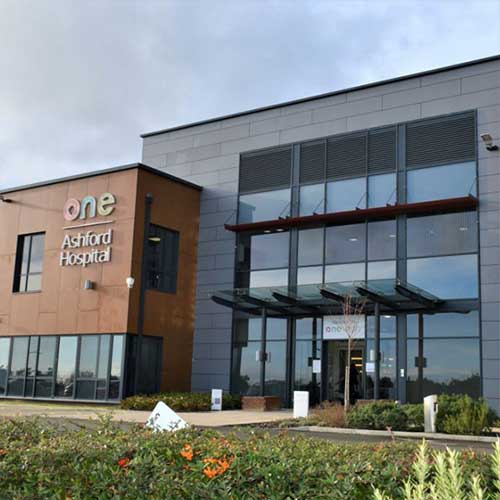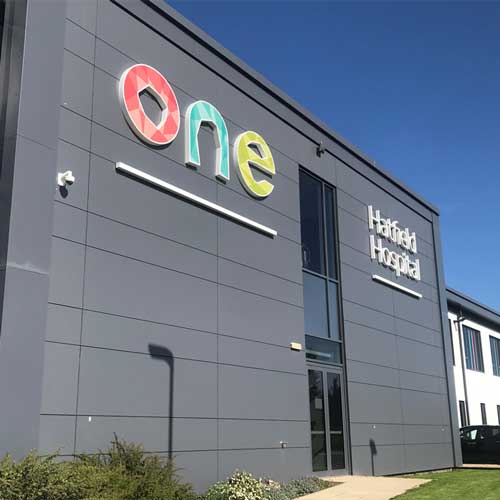The spine is made up of many bones known as vertebrae. These are circular in shape and between each vertebra is a disc. The discs are made of durable rubber-like tissue, which enables the spine to be relatively flexible.
Three types of muscles support the spine:
- Extensors (back muscles and gluteal muscles)
- Flexors (abdominal muscles and iliopsoas muscles)
- Oblique or rotators (side muscles)
The lumbar and cervical spine are inclined to strain due to its weight-bearing purpose and role in moving, twisting and bending. Lumbar muscle strain occurs when muscle fibres are torn or unusually stretched. Lumbar sprain is a result of ligaments (the tough bands of tissue that hold bones together) becoming abnormally stretched. Both of these conditions can result from a sudden injury or from gradual overuse.
The soft tissues become inflamed when the lumbar spine is strained or sprained. This inflammation causes pain and may trigger muscle spasms. Even though lumbar strain or sprain can be debilitating, neither typically require neurosurgical attention.
Spinal pain can be more severe and may require surgical consideration. These usually involve spinal pain that radiates into other areas of the body such as arms, legs or around the rib cage, from the back toward the anterior chest.
Common Spine Conditions
Pain in your neck or back may be caused by of one of the following common spine conditions:
- Herniated cervical disc
- Herniated lumbar disc
- Spinal osteoarthritis (Spondylosis)
- Spinal cord injuries
- Spondylosis
- Spinal stenosis
- Sciatica
- Spinal infections
- Scoliosis and spinal deformities
- Spinal tumours
- Whiplash
Causes of Spine Pain
Specific activities such as gymnastics, golf and volleyball commonly affect the back, but can also affect the spine. Problems with the spine are more likely to develop gradually due to poor posture and sleeping positions, arthritis, overuse or performing repetitive movements. Falls, improper lifting, accidents and twisting are often the cause behind sudden spinal injury.
Problems with the spine can develop in any of the following ways:
- Irritation of the large nerve roots that connect to the legs and arms
- Pinching of the smaller nerves that spread out from the vertebrae
- Straining the large back muscles
- Injury to the bones or ligaments in or surrounding the spine
Symptoms of Spine Pain
Spine pain can range from mild to severe and can be brief (acute) to long lasting (chronic). Spine pain can develop for an obvious reason such as after a fall or lifting something heavy and awkward; or it can occur for no particular reason.
Pain transferring from the spine in to the limbs or chest wall indicates structural pinching of the nerves in the spine. This may require surgical attention if it fails to improve within a few weeks with non-surgical treatment. Symptoms include:
- Stiffness in the low back area, limiting range of motion
- A dull, burning or sharp pain
- Failure to maintain normal posture due to stiffness and/or pain
- Muscle spasms, tightness or stiffness
- Pain that continues for a maximum of 10 – 14 days
- Notable loss of function such as the ability to tiptoe or heel walk
Serious symptoms include:
- Weakness in the limbs
- Numbness or tingling in your arms, legs, chest or stomach
- Loss of bladder or bowel control
If you are experiencing any of the symptoms listed above, seek immediate medical attention.
Diagnosing Spine Pain
Diagnostic testing is generally necessary when pain has been present for over 2 weeks and has failed to improve. Similarly, if pain spreads into the limbs or around the chest wall, it is important to rule out underlying causes such as an unnoticed spinal disc injury.
Your doctor will begin by asking you about your medical history and symptoms. They will then perform a physical examination, assessing where you feel pain, along with checking your range of motion and posture. If your symptoms are persistent, your doctor may order imaging tests to detect if something such as a herniated disc is the cause of your pain. Diagnostic tests include:
X- rays
An X-ray of the spine displays the alignment of your bones and search for other potential causes of pain such as broken bones or arthritis. However, an X-ray alone will not indicate problems with your muscles, nerves, discs or spinal cord.
Magnetic Resonance Imaging (MRI) Scan
An MRI scan produces images that can reveal herniated discs or problems with muscles, tissue, tendons, nerves, ligaments and blood vessels, as well as enlargement, degeneration and tumours. Adding a contrast dye can make the test sensitive enough to identify inflammatory causes such as infections and new compression fractures without spinal malalignment.
Electromyograpy (EMG) or Nerve Conduction Velocity Testing (NCV)
EMG and NCV both work by measuring the electrical impulses caused by the nerves and the reactions of your muscles. This test can confirm nerve compression caused by herniated discs or narrowing of your spinal canal (spinal stenosis).
Treatment of Spine Pain
There are many treatments to treat spine pain, but what works for one person may not necessarily help another.
Treatment plans are based on how bad your symptoms are, how much your symptoms affect your daily life and how well any other treatments have worked. In the majority of cases, people with mild to moderate spine pain can manage their symptoms with:
Over-the-counter pain medication
This medication works to reduce pain but does not eliminate it. You may need a prescription for pain medication that is stronger.
Hot or Cold Treatment
This helps to relieve stiffness and pain as well as any inflammation.
Exercise
Exercise helps stretch and strengthen the muscles of your back, shoulders, and stomach.
Physical Therapy
A physiotherapist will help to increase your flexibility, strength, and balance. They may also provide you with an exercise programme to continue at home.
Massage
Massage can briefly help reduce muscle tension and pain, along with improving blood flow.
Spinal Manipulation
This technique helps relieve pain and improve function. It can differ from massage and slow pressing to a quick thrust.
Acupuncture
Acupuncture involves inserting tiny needles into your skin at certain points on the body to encourage healing and pain relief.
If your symptoms do not improve or get worse, your doctor may suggest:
Prescription Medication
Medication such as opioids can help reduce pain.
Muscle Relaxants
These can help with severe muscle spasms that occur when pain begins. They help reduce pain, muscle tension and improve mobility.
Steroid Injections
Steroid injections help reduce swelling and relieve pressure on nerves and nerve roots.
In some cases, a back brace may be used to support the bones in the spine following a fracture.
Surgery is rarely recommended. If your doctor recommends surgery, the method will depend on the problem you have. Surgery choices include:
Kyphoplasty or Vertebroplasty
During this procedure, a special bone cement is injected through a needle into the broken vertebrae to try to stabilise the bone and improve mobility. These surgeries are not performed very often as the majority of fractures heal on their own.
Herniated Disc Removal (Discectomy)
A discectomy is a surgical procedure that removes the portion of the disc that is herniated and pushing into the spine.
Spinal Decompression for Stenosis
This procedure works by widening the narrowed canal to relieve pressure in the nerves and spinal cord.
Outlook
The prognosis is very good for a complete recovery from a spine pain. Heat and ice treatment are recommended at home to treat sudden flare-ups of pain, along with anti-inflammatory medications. However, pain may develop into a chronic condition if efforts are not made to change habits that contribute to the problem.
Evidence suggests the best way to prevent spinel pain is to keep active and exercise often. Activities such as walking, running, and swimming are excellent forms of low-impact exercise that does not put pressure on the spine. It is also sensible to be back aware. For instance, do not lift objects when you are in an awkward twisting position, and it is important to maintain good posture when sitting and standing.
Need Help?
Spine pain treatment is available at One Ashford Hospital in Kent with a leading Consultant Spinal Surgeon and we can book you in for a consultation, usually within 48 hours.
One Ashford Hospital is ideally located for patients in Ashford, Maidstone, Dover, Canterbury, Folkestone and all nearby areas. To book an appointment, call the hospital direct on 01233 364 022 or email here.




 One Ashford
One Ashford One Hatfield
One Hatfield